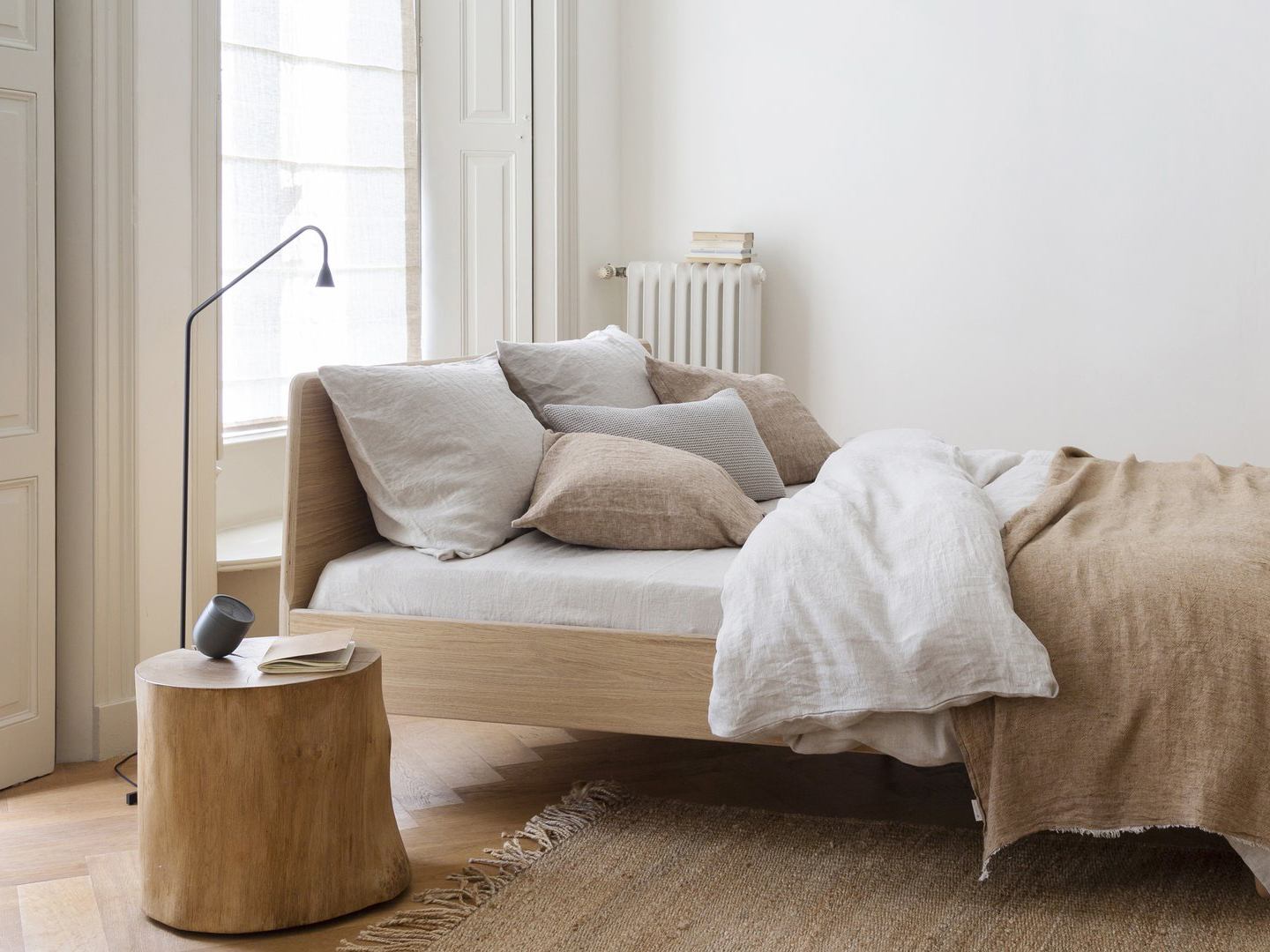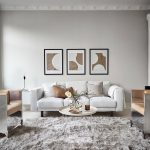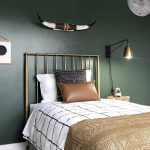Nordic design refers to the style of design developed and practiced in Scandinavian countries such as Denmark, Finland, Norway, Sweden, and Iceland. With its roots in the early 20th century, Nordic design is characterized by simplicity, functionality, and a deep appreciation of natural beauty. In this article, we will explore the key elements of Nordic design and its influence on modern design trends.
Simplicity
Nordic design is known for its minimalistic and elegant approach. Designers aim to create products or interiors with only the necessary elements, eliminating any excess details. This simplicity is achieved through the use of clean, straight lines, and a limited color palette of whites, grays, and natural wood tones.
When it comes to furniture, Nordic design emphasizes function over form, with clean and practical designs that are comfortable and inviting. Examples of this include the iconic Egg chair by Danish designer Arne Jacobsen and the round table by Finnish architect Alvar Aalto.
Functionality
Another hallmark of Nordic design is functionality. Designers aim to create products that are not only aesthetically pleasing but also fulfilling a purpose. Efficiency, comfort, and practicality are essential in Nordic design, with a focus on creating products that are meant to last for years to come.
For example, Marimekko, a Finnish textile and home design company, creates products such as clothing, bedding, and furniture with functionality and ease of use in mind. The fabrics are designed to be durable and withstand constant use, while the patterns and designs are simple and timeless, ensuring that they remain relevant years after purchase.
Natural Beauty
Nordic design is renowned for its appreciation of nature and natural materials. Raw materials such as wood, stone, and leather are favored, with their natural textures and colors playing a crucial role in the design process. The use of natural light and open spaces are also essential in Nordic design, with spaces being designed to integrate seamlessly with the surrounding environment.
The Finnish company, Iittala, for example, creates glassware and ceramics that celebrate the beauty of nature. The design of their products is inspired by the different seasons and the changing landscapes of Finland, with the use of natural light and shadows interplaying with the objects.
Influence on Modern Design Trends
Nordic design has had a significant influence on modern design trends globally. Its approach to simplicity, functionality, and natural beauty has inspired designers worldwide to rethink how they create and approach their designs.
For example, Swedish furniture giant, IKEA, has leveraged Nordic design principles to create affordable yet practical products that are loved by millions globally. The company has tapped into the demand for minimalist and functional design, offering functional-furniture that combines form and function at an affordable price point.



